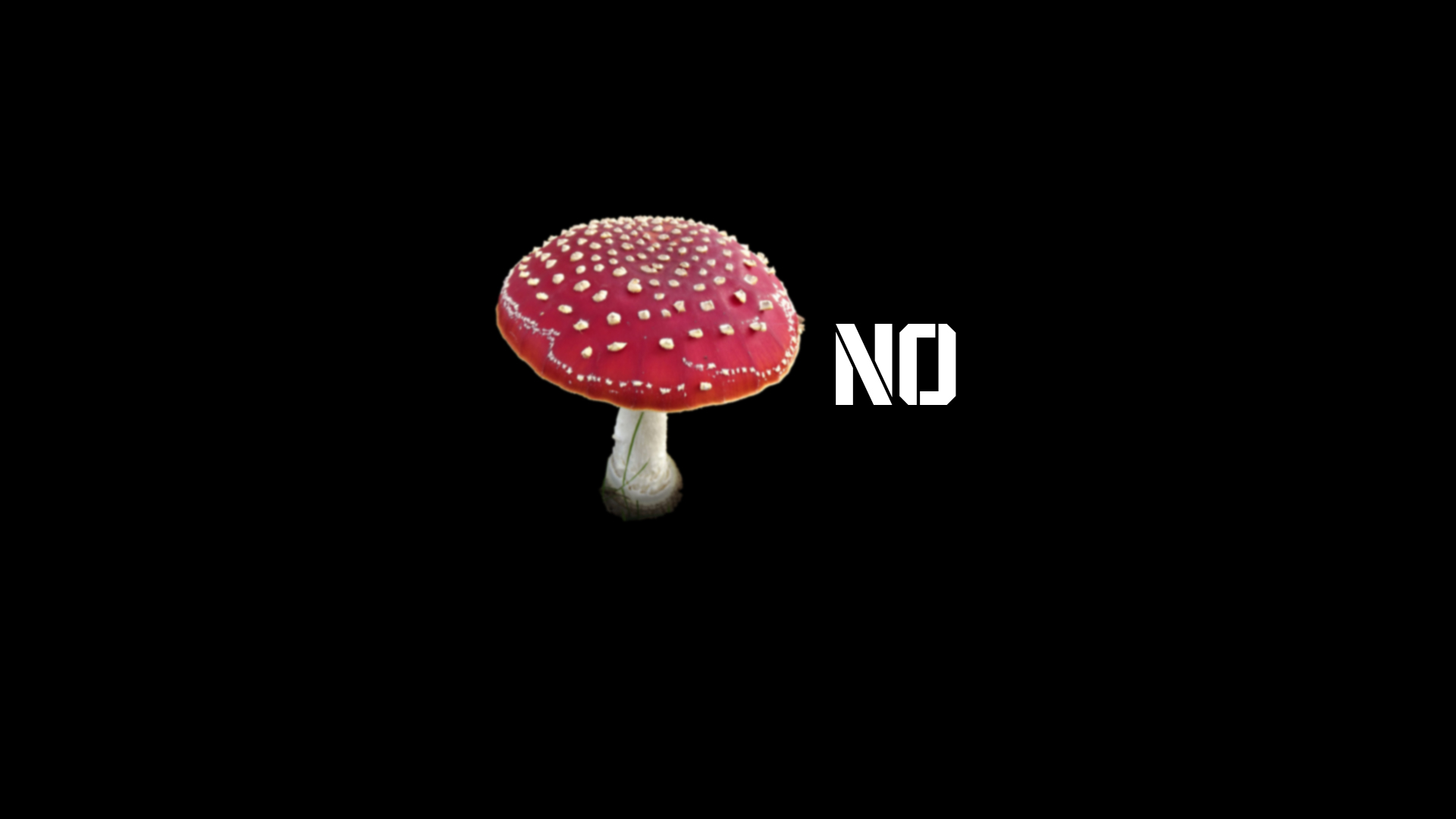Don’t eat yellow snow. Especially in March, because it’s probably not snow.
Most journalists mark the arrival of Spring with descriptions of birdsong, blossom and flowers bursting into beautiful life. Not so me. Spring, for me, arrives the first time I am woken up at three A.M by the unearthly howl of foxes shagging in the hedge behind my flat. “Not this shit again” I invariably say to myself, followed by “fucking foxes fucking”, which, I’m not ashamed to say, is a phrase I find quite funny.
Suffice it to say, Spring is here, and wild things are growing all around us. Quite a lot of these things are edible, and you might feel inclined to forage and use them in your cocktails, which is understandable because they are free, more interesting than things bought from shops, and just about as sustainable as ingredients can be.
However, as with most things, you need to know what you are doing. Lots of edible things look very similar to non-edible things, and the scope of consequence for making a bad decision starts at YUK, moves through EXPLOSIVE DIARRHEA and ends up at DEAD.
There are currently two sustainability-minded cocktail competitions live on BarLifeUK (Beesou and Nc’nean), the briefs for which may have encouraged you to look for foraged ingredients. As a judge for both competitions, it’s in my interest to help you not kill me with the wrong mushroom, so below are some links and resources to help you find tasty, safe wild ingredients, should you head out into the horny fox-infested undergrowth.
The Woodland Trust – A per-monthly guide to foraging
The Woodland Trust know a thing or two about woods, and the things in them. Here you will find a per-month guide to what’s popping (up) through the soil, with March and April perfect for wild plants like gorse and hawthorn. You will also find information on the law and responsible behaviour when foraging in the woods.
Totally Wild UK – Urban Foraging Guide
Not everyone lives near a patch of woodland, but that needn’t hold you back, as urban spaces like parks and verges are also home to many edible plant species, including yarrow and cow parsley. Again, this guide also provides a steer on foraging law and good practices.
If you prefer your learnin’ to move when you look at it, the Wild Food UK YouTube channel is a good and very active place to start. Don’t forget to like and subscribe.
Cocktailsafe.org – A huge free guide to cocktail ingredient safety
Cocktail Safe was created by journalist Camper English as a comprehensive guide to ingredients and their safety. While not specifically created with foraging in mind, the website lists a great many unsafe ingredient interactions that might not be obvious, so if you pick something with the intention of putting it in a cocktail, it’s worth looking at Cocktail Safe to see if using it in combination with something else will give you hairy eyeballs.


